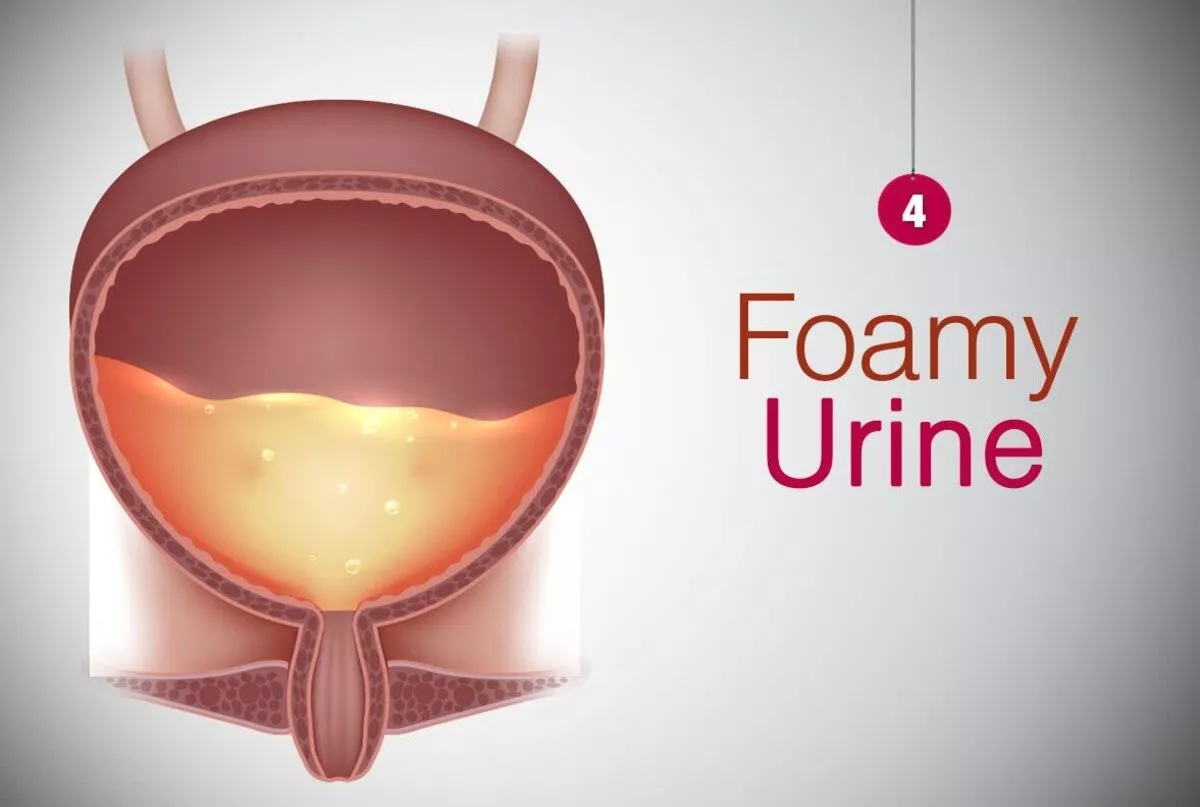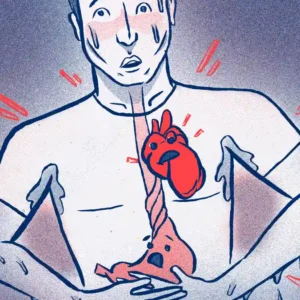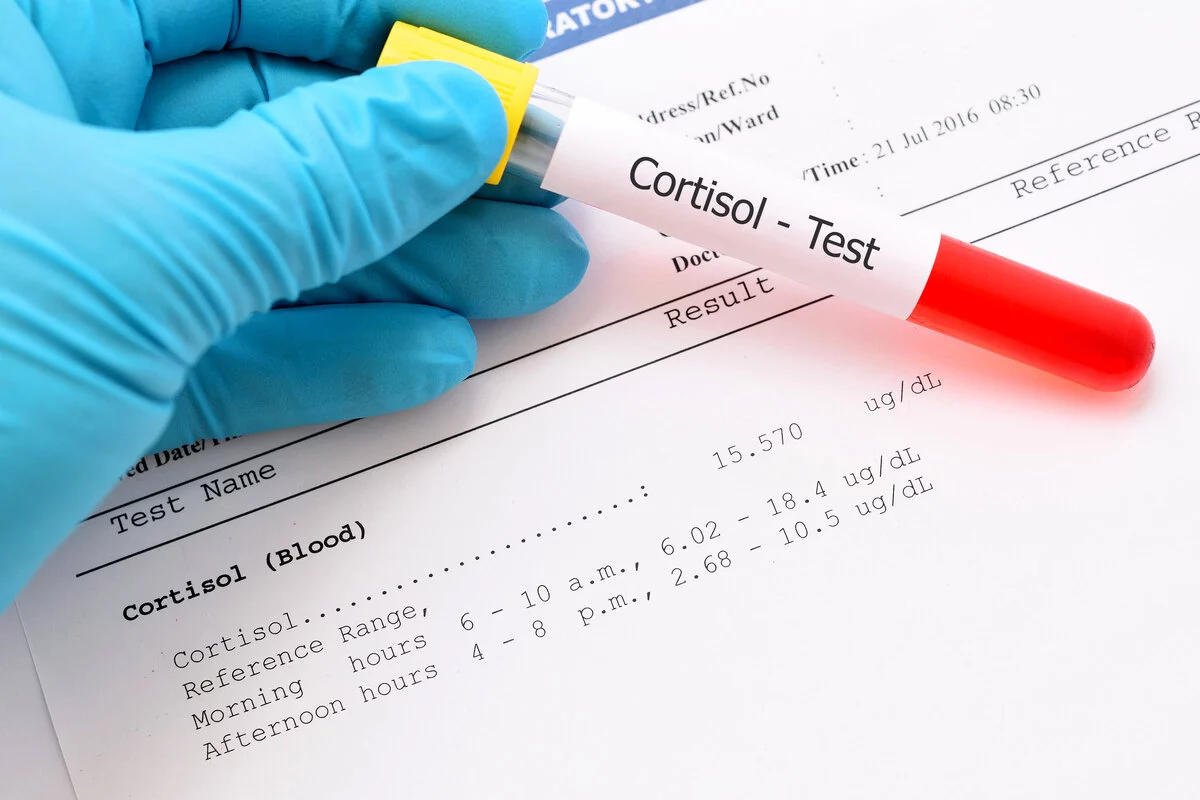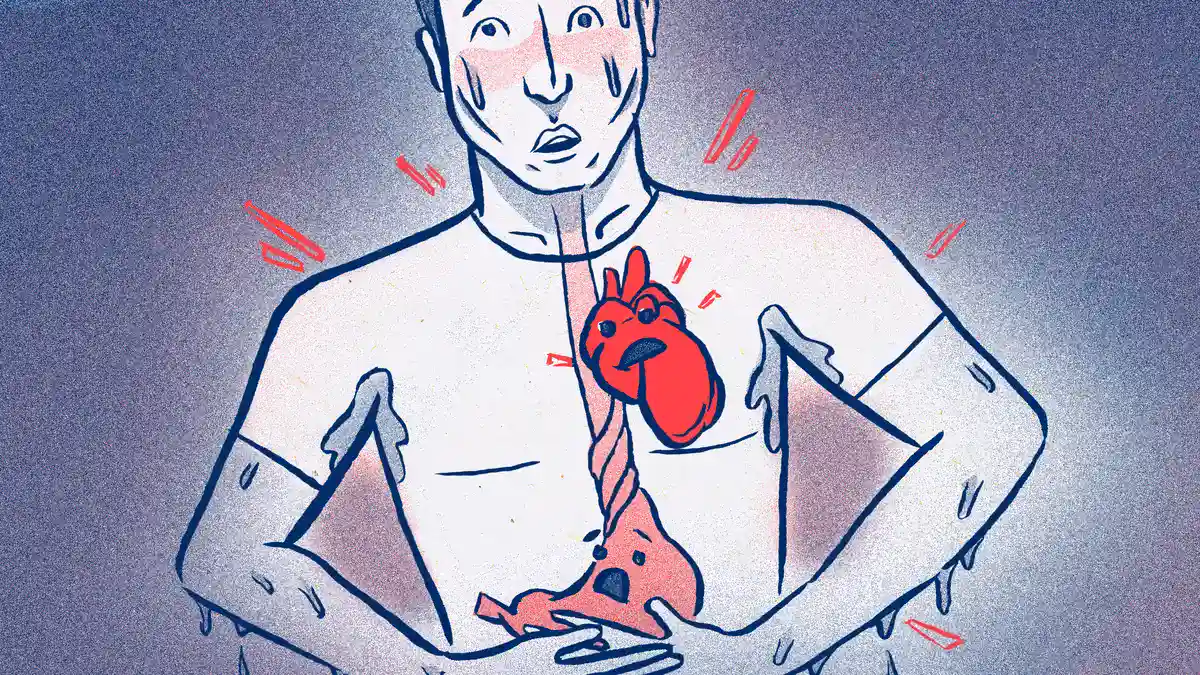Foamy urine no more panic: When it comes to urinary habits, often subtle changes can go unnoticed, especially when everything seems to be functioning as normal.
For instance, dark yellow urine could indicate dehydration, or certain food-induced odors may not cause alarm (ahem, asparagus). However, when your urine appears foamy, it may lead you into the whole new realm of ‘foamy urine no more panic’.
Key Reasons Behind Sudden Foamy Urine, Stated by Medical Experts
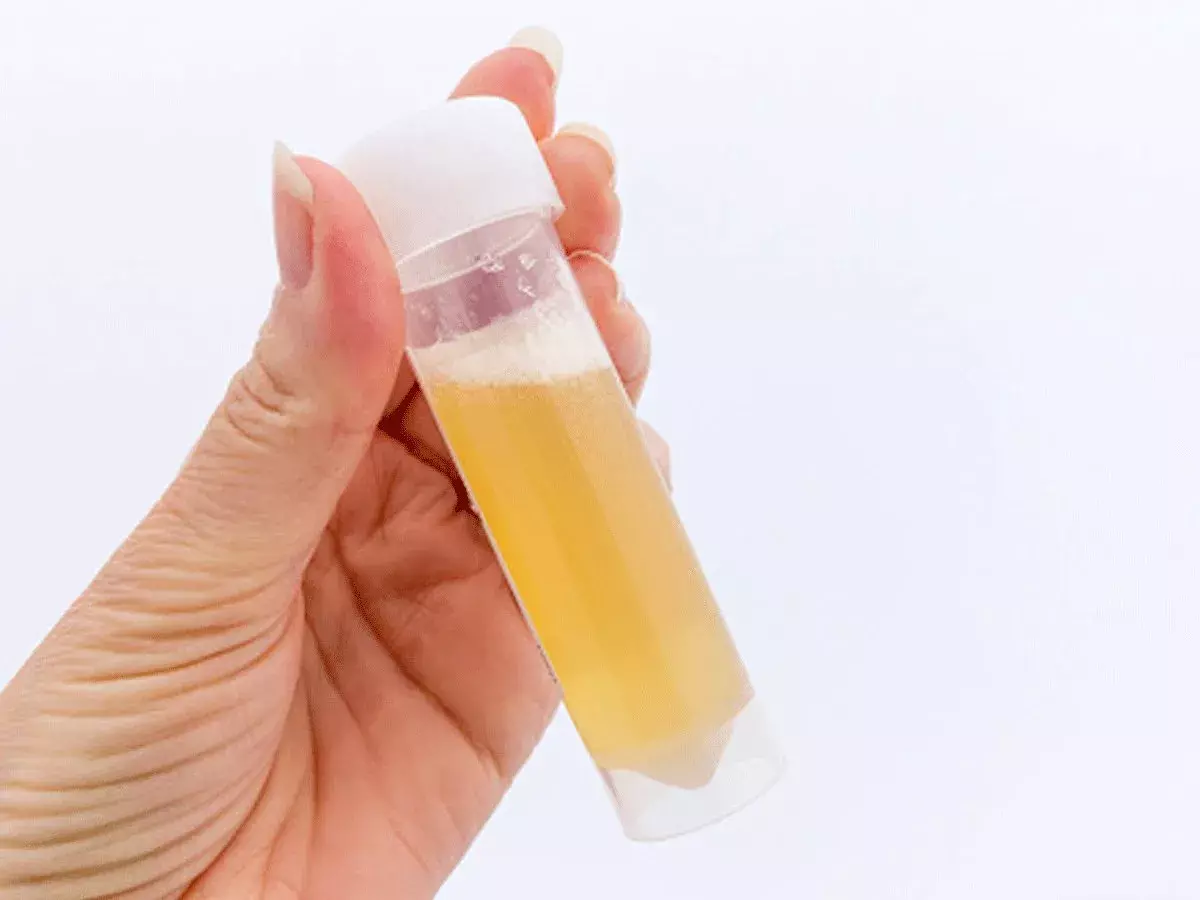
- Firstly, let’s differentiate between regular bubbles and foamy urine. As Ana Claudia Onuchic-Whitford, MD, a nephrologist at Brigham and Women’s Hospital states, “Typically, a single layer of large bubbles that dissipates quickly after urination is considered normal. However, foamy urine is characterized by multiple layers of tiny to medium-sized bubbles that linger in the toilet bowl for several minutes.” It’s important to note that while bubbles are usually clear, foam manifests as a more opaque shade of white.
- Moreover, foamy urine can signal the presence of protein in your urine, as suggested by Northwestern Medicine. This could act as an alert that your kidneys, responsible for filtering and keeping protein in the body, may not be working correctly. Health ailments impacting the kidneys, including other systemic conditions like diabetes, could manifest as foamy urine, underscoring the need for ‘foamy urine no more panic’.
- Furthermore, sundry harmless factors could also lead to foamy urine. “This could be a result of using a different cleaning product in the toilet or the manner in which the urine hits the surface of the toilet bowl,” observes Vikas Desai, MD, a urologist at Delnor Hospital. Hence, should you observe foamy urine following cleaning day, there’s likely no cause for alarm. However, consistent sightings of foamy urine alongside symptoms such as leg or eye swelling warrant a consultation with your healthcare provider.
Understanding the Causes ‘Foamy Urine No More Panic’
As you delve into the causes of foamy urine, a phenomenon like releasing a large quantity of urine at once, particularly at a rapid pace, could lead to temporary bubbling. Such instances may briefly give the urine a bubbly appearance. Certain organic compounds known as surfactants, as research suggests, can also lead to this bubbling. A unique characteristic of surfactants is their ability to disperse in water, boasting both hydrophilic and hydrophobic ends. This gives them the capacity to trap gas pockets on liquid surfaces, leading to the formation of bubbles. Soap, containing these surfactant compounds, can cause urine to appear bubbly when it combines with cleaning products in the toilet water. Yet, there are medical conditions that can result in bubbling or foamy urine. Following sections delve deeper into these conditions, contributing to understanding ‘foamy urine no more panic’.
Dehydration
Dehydration can lead to the urine appearing darker and more concentrated than usual. Lack of sufficient intake of clear fluids can leave other components, like proteins, in a higher concentration in the urine. Proteins, possessing surfactant properties, can create a foaming effect as the urine passes, according to a review in 2019. Continuous experience of foamy urine, even while well hydrated, may signal proteinuria (presence of protein in urine), raising an early alarm for potential kidney diseases.
Understanding Kidney Disease
Kidneys primarily filter proteins from the blood, which play crucial roles in the body such as maintaining fluid balance. In cases of kidney disease or damage, proteins can leak from the kidneys into the urine, as certain studies suggest. Albumin, a blood protein, should typically not appear in large amounts in a person’s urine if the kidneys are functioning properly. However, a malfunctioning kidney could allow albumin’s passage. Albumin in urine, often referred to as albuminuria or at times proteinuria, is corroborated by the National Institute of Diabetes and Digestive and Kidney Disorders. When a person’s urine consistently appears foamy, it might indicate proteinuria, potentially pointing towards the early stages of kidney disease. Grasping ‘foamy urine no more panic’ becomes crucial here.
Other symptoms signaling kidney disease may include:
- Itchy skin
- Nausea
- Shortness of breath
- Swelling
- Unexplained fatigue
- Frequent urination
- Vomiting
If anyone carries these symptoms and has a family history of kidney disease, high blood pressure or diabetes, it’s important to reach out to a healthcare professional for necessary tests.
Effective Strategies For Reducing Foamy Urine: Guide to ‘Foamy Urine No More Panic’
How you address the issue of foamy urine fundamentally depends on the underlying causes. For dehydration, a regular and generous intake of water is the simplest yet most effective remedy. In the case of Chronic Kidney Disease (CKD), the treatment path will be determined by the advancement of the disease. Managing CKD effectively can decelerate the progression of the disease, decreasing the likelihood of kidney failure. Potential treatment options may include:
Medication
The goal of medication in this context is to decrease the protein levels in the urine. Reducing blood pressure is often the most successful way to achieve this, since kidney issues and high blood pressure often coincide. Lowering your blood pressure allows the kidneys to filter blood more effectively, retaining protein where it’s needed, in the bloodstream. Different types of blood pressure medications encompass:
- Angiotensin-converting enzyme (ACE) inhibitors (that help in relaxing and widening blood vessels)
- Angiotensin receptor blockers, or ARBs (which also facilitate the broadening of blood vessels and might be better tolerated than ACE inhibitors in certain individuals)
- Diuretics (medicines that aid the kidneys in removing fluid from the blood)
If you are diabetic, putting a priority on the control of your diabetes and related symptoms would be an essential part of your treatment.
Lifestyle Modifications
Even without medication, there are lifestyle changes you can make to safeguard your kidneys and lower proteinuria. Towards ensuring ‘foamy urine no more panic’, your healthcare provider might recommend the following:
- Quit smoking
- Increase your water intake
- Eat a diet rich in fruits and vegetables
- Reduce your salt intake
- Enhance your sleep habits
- Learn effective stress management techniques
- Limit alcohol consumption
- Maintain a healthy weight
- Boost your daily physical activity
Crucial concerns about “foamy urine no more panic”
A single instance of foamy urine is generally not alarming, and panic isn’t necessary. Yet, says Dr. Desai, if you consistently spot foamy urine each time you visit the restroom, or if this condition lingers for days or a week, you need to take it seriously and seek medical advice.
A sudden onset of foamy urine coupled with other novel or worrying symptoms like hematuria, painful urination, excessive fatigue, unexplained fevers, weight loss, edema, breathlessness, or enduring joint pain should be immediately reported to your doctor, Dr. Onuchic-Whitford underscores. Further, in the context of pregnancy, it’s crucial to understand that protein presence in the urine could allude to a severe condition called preeclampsia. If you notice “foamy urine no more panic” during this delicate period, it is recommended to inform your doctor without delay.
In conclusion, you must distinguish between regular bubbles and foamy urine. Also, it should be obvious to follow the potential causes for this condition and what actions can be taken in the journey towards ‘foamy urine no more panic’.
Also read: Can anxiety cause coughing attacks




